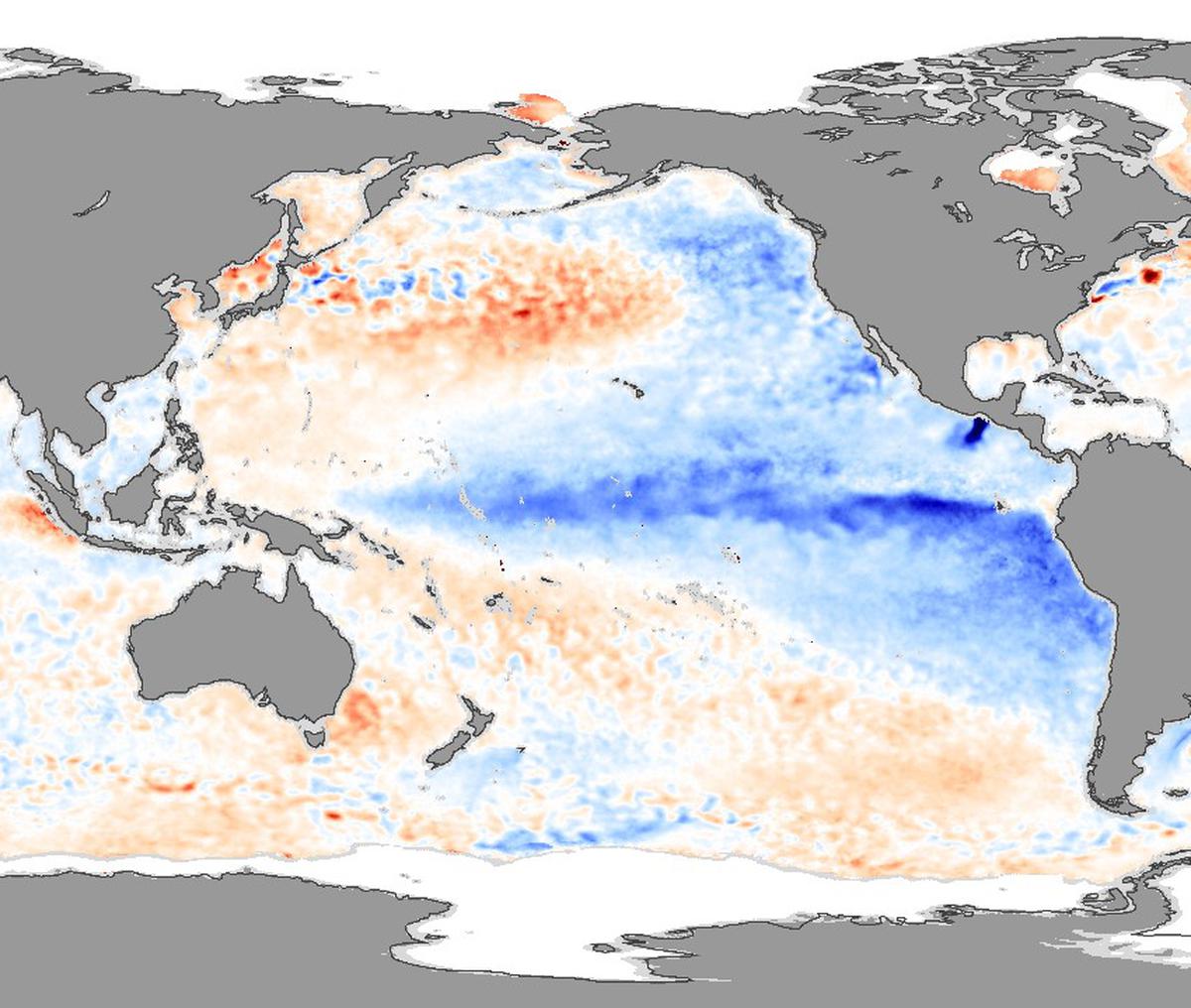The Science Quiz | Reading the weather

[ad_1]
A pedestrian walks beneath snow-laden trees Thursday, April 4, 2024 in Northfield, Vt., as a major spring storm dumped heavy snow on the region. (Jeb Wallace-Brodeur/The Times Argus via AP)
| Photo Credit: Jeb Wallace-Brodeur
Questions:
1. When water evaporates from a surface, it takes away some heat, leaving the surface cooler. In some given ambient conditions, what is the lowest temperature to which a surface can be cooled by the evaporation of water from it called?
2. This temperature is defined in purely thermodynamic terms. Measuring it is easy: it’s equal to the temperature reading on a thermometer that is exposed to air but shielded from direct sunlight. Its value is also used to assess whether an individual is psychologically comfortable in their thermal environment. What is this temperature called?
3. The amount of moisture the air can hold depends on the temperature. The warmer the air is, the more humid it can be. This is one way in which global warming is producing wetter cyclones. What is the name for the amount of moisture in air adjusted to the maximum amount it can hold at that temperature?
4. Following on from the previous question: Cooler air can hold less moisture. So if you take some air at a given temperature, and which is say 50% filled with moisture, cooling it to a certain point will automatically make it 100% filled with moisture. What is this point called?
5. Scientists came up with the X in 1992 and the World Health Organisation and the World Meteorological Organisation adopted it in 1994. X is typically measured using a scale. Very low values on the scale indicate a level of solar radiation that can be good for the skin, but at higher values indicates a risk of sunburn, DNA damage, and cataracts. What is X?
Visual:

Name the weather phenomenon shown above, where a band of cool water spreads from east to west across the equatorial Pacific Ocean.
Answers:
1. Wet-bulb temperature
2. Dry-bulb temperature
3. Relativity humidity
4. Dew point
5. Ultraviolet index
Visual: La Niña
[ad_2]
Source link